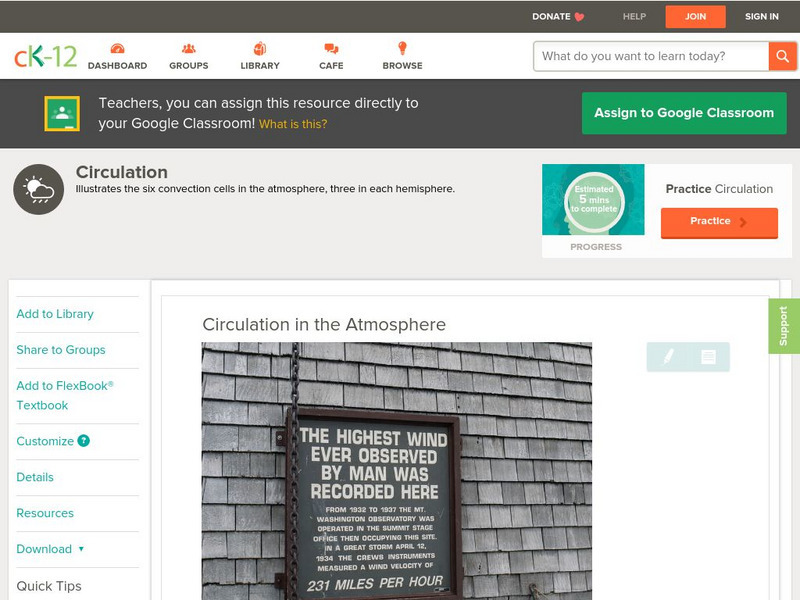Hi, what do you want to do?
CK-12 Foundation
Ck 12: Earth Science: Circulation in the Atmosphere
[Free Registration/Login may be required to access all resource tools.] Describes the convection cells present in our atmosphere.
Sophia Learning
Sophia: Terrestrial Biomes
A short introduction to the terrestrial biomes around the globe.
Curated OER
Educational Technology Clearinghouse: Maps Etc: South China, 1971
"South China comprises the drainage basins of the middle and lower Yangtze River, the basin of the His Chiang (West River) in Kwangtung and Kwangsi; and the mountainous coastal provinces of Fukien and Chekiang. The division between the...
Curated OER
Ed Tech Clearinghouse: Maps Etc: Zoogeographic Areas of North America, 1906
A zoogeographic map of North America and Central America from 1906 showing life zones of the region based on climate conditions.







